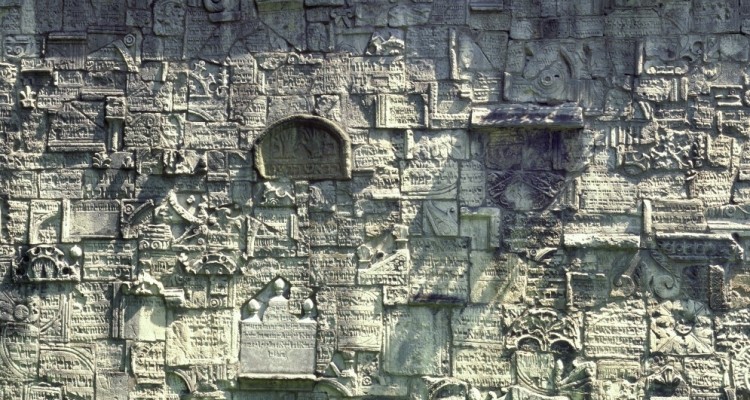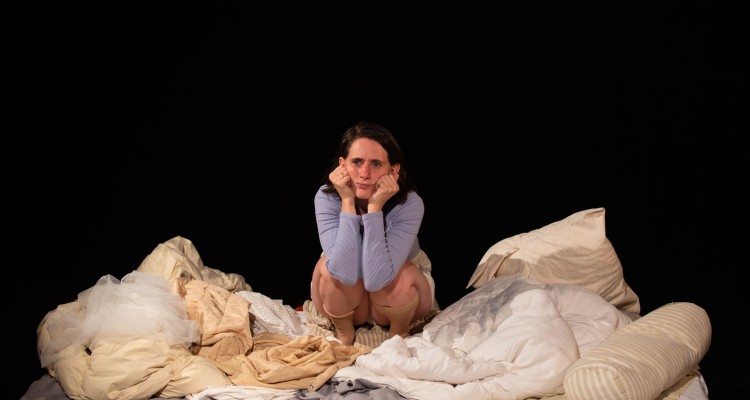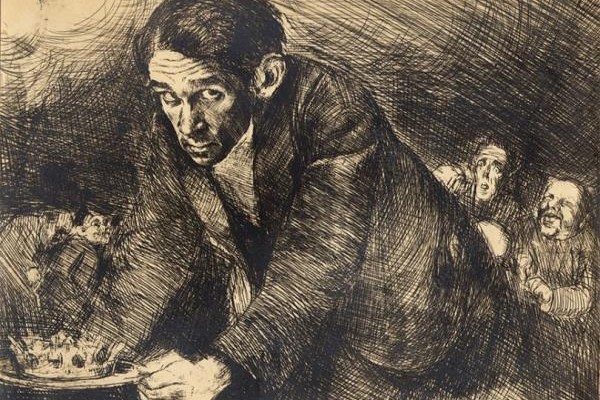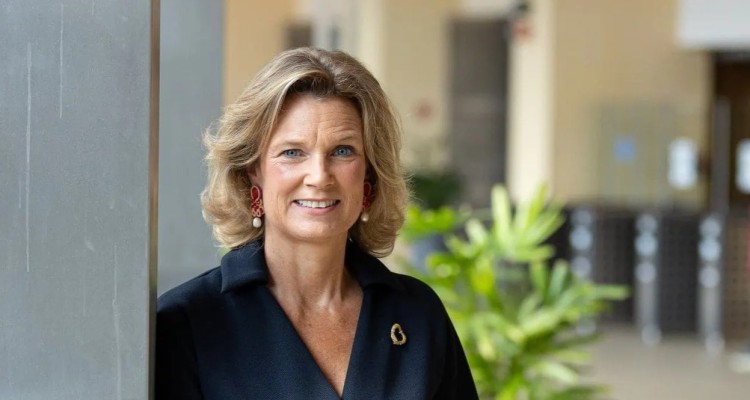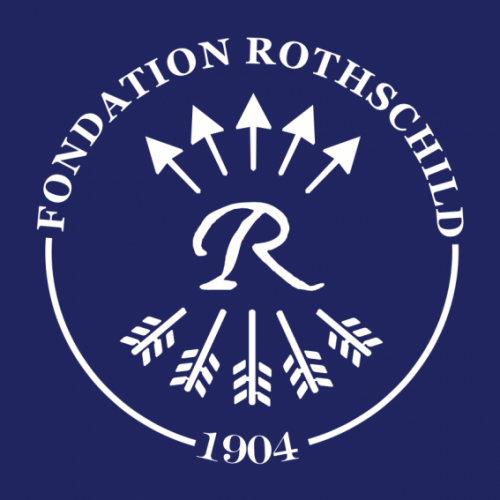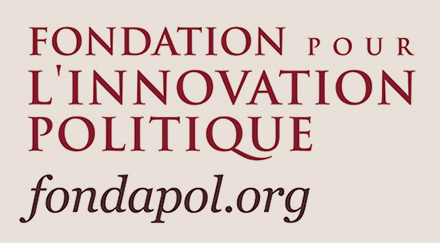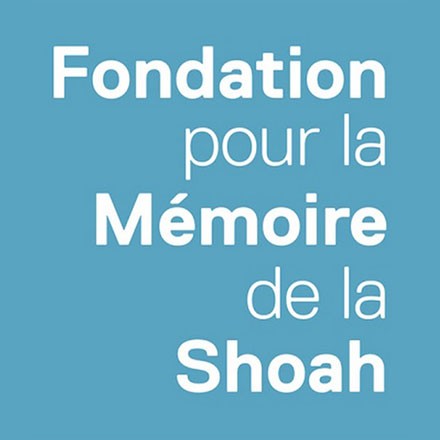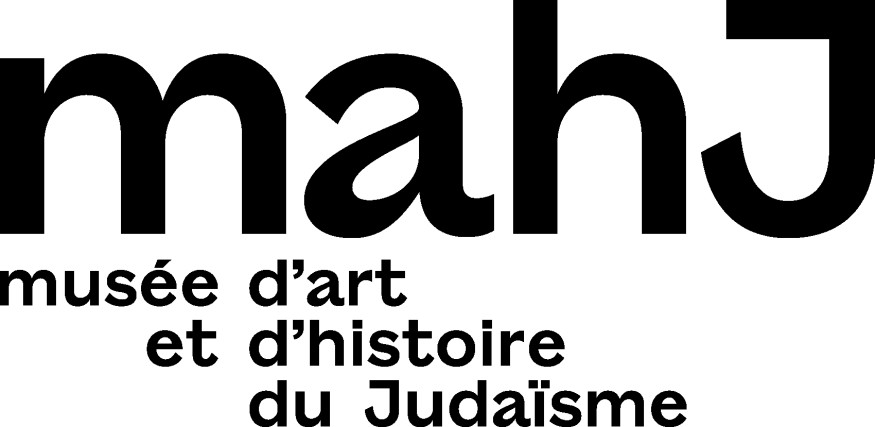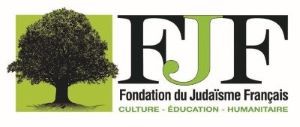A propos de Resurrecting the Jew: Nationalism, Philosemitism, and Poland’s Jewish Revival, Princeton University Press, 2022.
In Poland, the traditional conception of the nation is based on the idea that Polishness is inherently linked to Catholicism. In her latest book, sociologist Geneviève Zubrzycki examines the outlines of what is regularly called a “Jewish revival” in Poland. She explains how the philosemitism of progressive Poles is a manifestation of their attempts to break down the equation between Polishness and Catholicism in order to define a more inclusive and pluralist conception of national identity.

Ewa Tartakowsky: Resurrecting the Jew is not the first book in which you deal with the ways in which Jewishness were central in public debates in Poland. In The Crosses of Auschwitz, you have already returned to a controversy that shook the public debate in Poland in the late 1990s. Can you briefly summarize the controversy?
Geneviève Zubrzycki : The Crosses of Auschwitz analyzed a series of controversies surrounding the memory of Auschwitz-Birkenau in the wake of the Fall of Communism. While for people in the West Auschwitz is a key site of the Shoah that came to symbolize it, for Poles it was from the beginning of the Second World War the symbol of Polish martyrdom. This is where tens of thousands of Polish political prisoners, members of the intelligentsia and of the clergy were imprisoned and killed. The socialist state built on that interpretation with the creation of the Auschwitz-Birkenau Museum in 1947, on the basis of a law “on the remembrance of the martyrdom of the Polish Nation and other Nations.” As the name of that law suggests, Poles, although not the camp’s sole victims, were its main martyrs. In that narrative, Jews were de facto erased, presented as citizens of different nations.
This historical distortion led to a clash between Poles who felt ownership of the site and managed it as they saw fit – by allowing a Carmelite convent on the vicinity of the former camp, for example – and Jews, who felt that their own suffering was not recognized and their religious requests were not respected. And so, the site became a contest between Polish and Jewish memories of the war, and between Catholic and Jewish modes of commemoration of the dead. In 1998-99, ultra-nationalist Poles erected hundreds of crosses just outside the Museum and former camp to mark the site as both Polish and Catholic. While this « war of the crosses » was of course antisemitic, it was also a reaction against a narrative reconfiguration of Auschwitz-Birkenau and of the Second World War, as well as a reaction against an ongoing movement, in Polish society and politics, to secularize Polishness, that is, to divorce Polishness from Catholicism.
E.W. : In this regard, in both The Crosses of Auschwitz and Resurrecting the Jew you outline the socio-genesis of the “symbolic boundaries of ethnic nationalism”. When did this way of thinking about the nation in Poland begin and how does it continue?
G.Z. : The dominant mythology of Polish nationalism is that Polishness is intrinsically linked with Catholicism, and that the Catholic Church has always been the guardian of that identity and of the nation more broadly. But the equation between religion and ethnonationality only started to have some sociological bases in the late 19th century, and the key moment was the ideological codification of the “Polak-katolik” in the interwar period. It is Roman Dmowski, the father of modern Polish nationalism, who articulated, ideologically, that equation between Polishness and Catholicism and who built a political program around that vision. The Second World War and then the Soviet takeover of Poland gave it more weight and social traction, to the extent that it is now part of national doxa; the dominant way of thinking of national identity.

E.W. : Concerning this issue, while debates about Jewishness are usually framed within a dichotomy of philo-Semitism vs. anti-Semitism, you develop an original thesis, arguing that Jewishness serves as a medium for debating national questions and contemporary issues of citizenship.
G.Z. : Yes, exactly. Philosemitism, in Poland, is not merely anti-antisemitism, but rather it is related to attempts by progressive Poles to stretch the symbolic boundaries of the nation; to break the equation between Polishness and Catholicism and articulate a more inclusive notion of national identity and a civic vision of the polity. It is most ambitious version; it is also an attempt to shift the national paradigm toward a civic definition of the national community.
E.W. : In your more recent work, on the basis of which some of the analysis in Resurecting the Jew builds, you extend this theoretical framework by showing how not only public debates, but also ordinary social practices are embedded in a national framework. You speak of a “national sensorium”. Can you explain what that is?
G.Z. : Once national idioms or scripts are established, it is very difficult to change them. One reason is that they are instituted, but another is that they become embodied in material culture and the landscape, inscribed in music, food, and myriad symbols and practices that render a certain definition of the nation appear real, objective, near and important. I refer to this assemblage of beliefs, symbols and practices, as the national sensorium. What I found during over a decade of research for Resurrecting the Jew, is that Jewishness and Poland’s Jewish past provide specific symbols and practices that make it possible for progressive nationalists to articulate a civic and secular vision of Poland and Polishness. Festivals of Jewish culture, Jewish museums, Jewish restaurants, as well as the opening of Jewish and Holocaust studies programs at Universities and the publication of hundreds of books and articles every year on Polish-Jewish themes expand the Polish national sensorium. These initiatives provide resources to articulate a new narrative of Polish history; one in which multiculturalism, openness and political principles are defining features. A narrative that could potentially make possible to reimagine Polishness, although it is not without problems and blindspots. But we will get to this a bit later in our conversation.
E.W. : Let’s go back to your last book. What are the initiatives related to Jewish history and culture that you identify and analyze? Can we draw up a typology?
G.Z. : I mentioned several types of initiatives above. Rather than building a typology around events or practices (commercial vs educational, cultural vs political, for example), I thought it was more productive to think in terms of the motivations or registers of engaging with Jewish history and culture by non-Jewish individuals or groups. This provides a finer-grained set of tools to interpret practices that may look the same to an outside observer but are actually quite different in their signification, potential impact, and how they are perceived by members of the Jewish community. The typology includes crude cultural appropriation, like dressing up as an Orthodox Jew at a small festival or in a klezmer video. Individuals and organizations engaging with Jewish culture at this level lack awareness of how problematic the practice is, and how offensive it can be Jewish individuals. It is the rarest form I have observed in three decades of work in Poland. Casual engagement denotes occasional consumption of Jewish cultural products, like going to a klezmer club or visiting a Jewish Museum. Romantic engagement is characterized by an uncritical, nostalgic view of Jewish culture and Poland’s multicultural past. This “multiculturalization of the past” is problematic insofar as it conceals the complex dynamic of ethnic and religious hierarchies, discrimination, and power struggles common to stratified communities of all sizes, and which, in Polish society, placed ethnic Poles-Catholics at the top and Jews at the bottom. A lot of cultural initiatives occur in that register. Political engagement is less common but more visible, as in the cases of non-Jews wearing kippahs, yellow paper daffodils/stars of David on their lapels, or clothing with Jewish slogans in order to express commemorative solidarity or to make political statements in the public sphere. Critical-introspective engagement involves deep reflection on blind spots regarding past and present Polish-Jewish relations and Jewish issues more broadly. It is most common in those with a high level of commitment to Jewish-related institutions and processes, like studying Jewish history and researching Polish-Jewish relations, working in a Jewish museum, or volunteering in Jewish or Jewish-related institutions. Lastly, empathetic engagement is a type of engagement displayed by participants who feel a personal connection with the Jewish past and current revival, whether through family history, personal relationships, or individual commitments, and express this commitment through their lifestyle choices and acts. Empathetic engagement is both a form of alliance with Jews and a form of resistance to the dominant, ethno-Catholic vision of Polishness.

E.W. : From what analytical grid is it possible to distinguish these registers?
G.Z. : These registers can be placed on a spectrum defined by degrees of reflection. The first three are unreflective – lacking consideration of a given practice’s meaning or potential impact on Jewish individuals – while the last three are by definition “reflective.” Within the unreflective and reflective poles, the registers of engagement are not mutually exclusive: casual and romantic engagements can overlap, for instance, and political engagement can accompany empathetic versions of cultural appropriation. One register of engagement can also lead to another across the spectrum. An unreflective, casual engagement with Poland’s Jewish past, like visiting a Jewish museum and consuming klezmer music may evolve into a critical-introspective register of engagement, like reading about the Holocaust and Polish silences about it. Some pairings, however, are unlikely. It is improbable that an individual engaging with Jewish culture in the critical-introspective register would also engage in crude cultural appropriation.
This typology, then, serves less to classify specific practices than to provide an interpretive framework for analyzing them. It seeks to avoid dismissing a wide-range of Jewish-related activities by non-Jewish Poles as yet another case of undifferentiated “cultural appropriation,” while acknowledging that not all engagement with Poland’s Jewish past and culture serves to expand notions of Polishness. There is no doubt that it is the discourses and practices in reflective registers of engagement that serve to deconstruct Polishness and reconstruct it along new lines. We should therefore pause to ask whether the resurrection of Jewish culture by non-Jews reaches enough audiences and provokes sufficient critical insight into notions of Polishness to spur significant change…
E.W. : The initiatives you describe can be qualified as philosemitic. How can we interpret this attraction to these “Jewish things” in a country often described as “without Jews”?
G.Z. : In the book I argue that non-Jewish cultural elites, social activists, ordinary citizens and some state agencies’ engagement with Poland’s Jewish past and Jewish culture is part of a broader attempt to soften and stretch the symbolic boundaries of Polishness. It is a way to articulate a civic national project and build pluralism in monocultural society. But why Jews?
A few reasons: First, because Jewishness is an ethno-religious category that has traditionally been perceived by Poles as the polar opposite of the Polak-katolik. Supporting the revival of Jewish communal life and participating in the resurrection of Jewish culture therefore pokes holes into the Polish-Catholic fortress. Second, because Western-style capitalism, socialism, and cosmopolitanism are specifically associated with Jewishness. As Jewishness is a symbol standing for these values, Poland is said by the far- Right to be ruled by “Jews” – by symbolic Jews – who must be neutralized. Hence the antisemitism in a country with very few Jews (but also the philosemitism…) A third reason is that the figure of the Jew is seen as both “Other” and “indigenous.” Jews are different enough, yet they were “nourished from the Polish soil and grew on these lands,” as one interviewee told me. Jews are the perfect “indigenous other.” And, of course, the small size of Jewish communities in Poland makes it easier for non-Jewish Poles to project their aspirations (or nightmares) onto (relatively) absent Jews. Besides, it is also easier to build multi-culturalism with symbols than with actual people who are different from the main host population. While Poles welcomed Ukrainians with arms wide open immediately after Russia’s full-scale invasion of Ukraine on Feb 24th 2022, they had refused to take in Syrian refugees a few years ago and built a wall on the Polish-Belarusian border to prevent refugees and migrants from the middle-east to cross to Poland just a few months before they opened their borders to Ukrainian refugees…
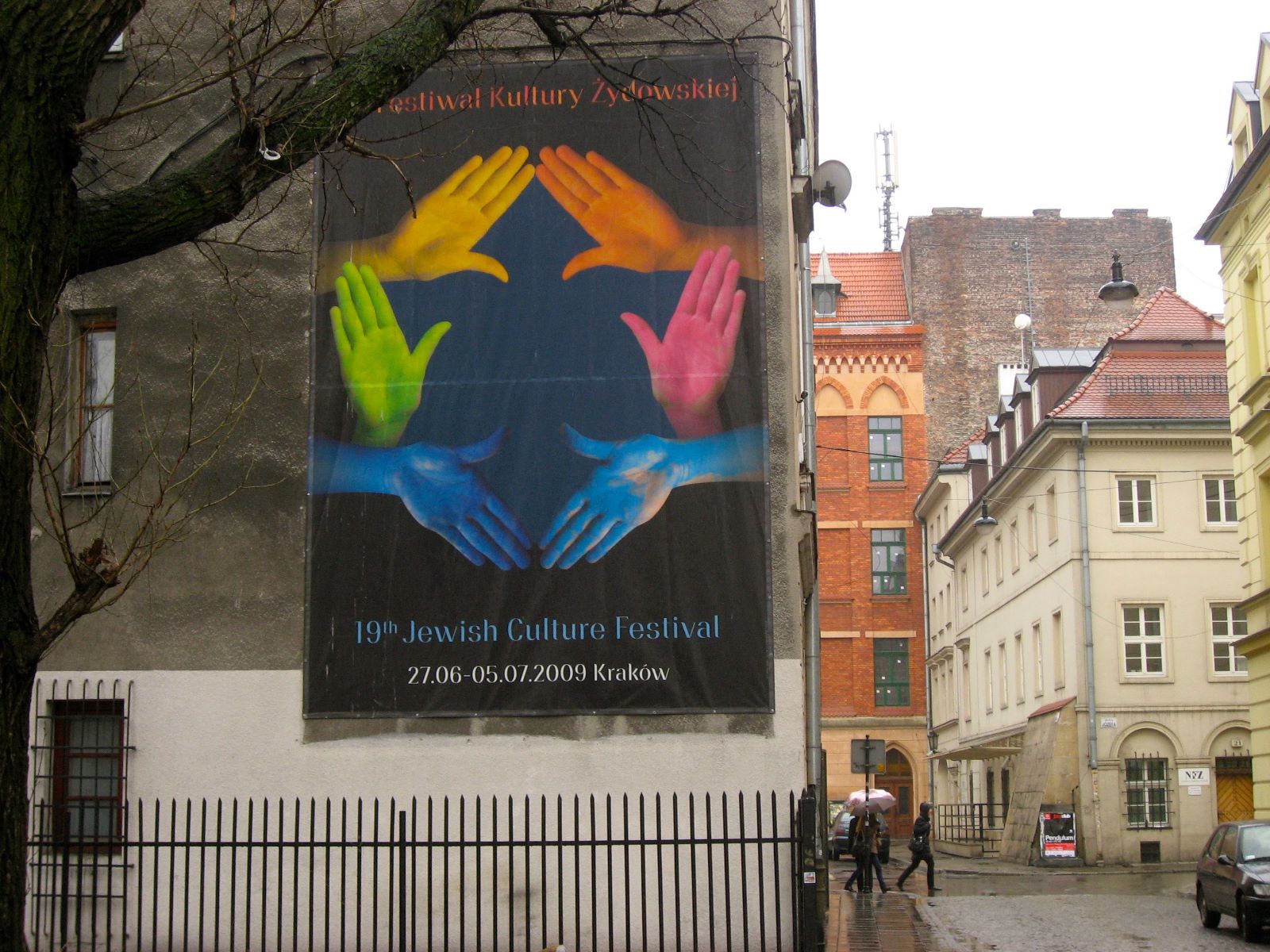
E.W. : In the preface, you ask: “What are the limits of performative solidarity and emphatic forms of cultural appropriation, especially when that Other has been violently erased and continues to be oppressed?” Can you give some elements of an answer?
G.Z. : That is a key question, and I started to provide an outline for to answer it a bit earlier: How successful can the Jewish revival be in redefining Polishness when it does remain a somewhat elite phenomenon in spite of its geographic reach and the number of opportunities for Poles to engage with Poland’s Jewish past (including its blind spots) and Jewish culture? I’m not sure. But what is certain is the Jewish culture that is being resurrected will never truly come back to life, nor will Poland ever be inhabited by large numbers of Jews. More importantly, Jews living in Poland remain a “minority” in the sense that they are not considered to be fully Polish by a majority of Poles who understand Polishness in ethnic and religious terms. And as I show in the book, regardless of how progressive a national project may be, there remains a problematic tension in expanding the symbolic boundaries of the nation through the Other, as that Other, whether real or symbolic, remains malleable at the hands of those who control the category. The symbolic power exerted to “articulate the principles of vision and division” for a particular group, to quote Bourdieu, is therefore still “violent” even when it is used to expand the symbolic boundaries of the group. Considering the motivations of individuals engaging with the culture of other groups, and the personal meaning their practices have for them, however, remains essential if we are to gain any understanding of phenomena like philosemitism, performative solidarity, or cultural appropriation.
E.W. : Other researchers, while taking the critical approach, propose to consider philosemitism as “violence”, speaking of “philosemitic violence”. How do you position yourself in relation to this?
G.Z. : There is no question that philosemitism can be violent, for reasons I explain above. It can also be violent with regards to another question I pose in the book: What is in the “Jewish revival” for the Jews? I show that this revival is primarily about Polish issues, it is a Polish-Polish dialogue in which Polish Jewish also participate, of course, yet the core object of the debate and the key objective of these cultural initiatives is to redefine Polish identity. It is thus violent in the sense that Jews are neither the key agents nor the true object of the phenomenon. The Jewish revival is about Poles, and my interviews and participant observation reveal the extent to which when Poles talk about Jews, they are actually talking about themselves. What Poland lost with the Holocaust; what they lost in 1968 when some 20,000 Jews were forced to leave Poland; what they hope to become. It is also violent in a Bourdieusian sense: for Bourdieu, symbolic violence underlines power structures that are internalized by both the dominant and the dominated groups. Here, the fact that the revival is articulated around questions of Polish identity, is form of violence. This is not to say, however, that Jewish individuals and communities do not participate nor benefit from the revival; both in terms of the opportunities it provides to live as Jews in Poland today more freely than 30 years ago or to recover cultural practices from which many had been separated from for decades. I also do not want to suggest that Polish Jews are passive in the process: they engage in public debates about Polish participation in the Shoah and they are key interlocutors in the making of new Jewish cultural institutions such as museums, for example. They are active in the creation of religious and secular organizations serving very different communities throughout the country. The terms of public debates nevertheless remain those defined by the dominant group.

E.W. : Finally, I would like to come back to your position as a researcher, the way you present yourself and are perceived in the field. What do these perceptions and self-presentations of the object you are analyzing reveal?
G.Z. : My own identity often served as a gateway for interlocutors to discuss what constitutes Polishness. Whereas in the United States many assume that I am Polish because of an accent in English that they can’t quite place, together with my hard-to-pronounce last name, in Poland, because of my family name and because I speak Polish better than most foreigners, people often think I was born there and then emigrated in my youth. For French speakers, my given name and accent leave no doubt as to where I’m from: I was born in Québec and raised in a francophone family. I identify as Québécoise. My mother is Québécoise, and my father was born in France during the Second World War, the son of Polish refugees. His family emigrated to Canada before the war’s end, when he was a small child. In my late teens I became curious about the country of my paternal grandparents and visited Poland for the first time in the summer of 1989.
In my previous fieldwork in Poland, right-wing Polish Catholics often took it for granted that I was Polish. Even when I explained that my link to Poland and Polishness was tenuous, the fact that I managed “to learn Polish so well” served not only to confirm my Polishness to my interlocutors but gave proof that Polishness was “in my blood.” In my fieldwork for Resurrecting the Jew, most non-Jewish Poles continued to read me as Polish, but my Jewish interlocutors, Polish and non-Polish, often assumed I had Polish Jewish roots. This is perhaps not surprising, since many people presuppose that social scientists’ research projects are directly or indirectly related to the researcher’s personal identity. Some asked in blunt terms whether or “how” I was Jewish (i.e., which side of my family might be Jewish, and how far back). When I responded that I was not, my interlocutor often insisted: “Are you sure?” quickly followed by “Have you looked [for Jewish roots]??” Some ventured further comments like “Well, you seem pretty Jewish to me!” These occasions provided fruitful opportunities to puzzle out the criteria they applied to gauging Jewishness.
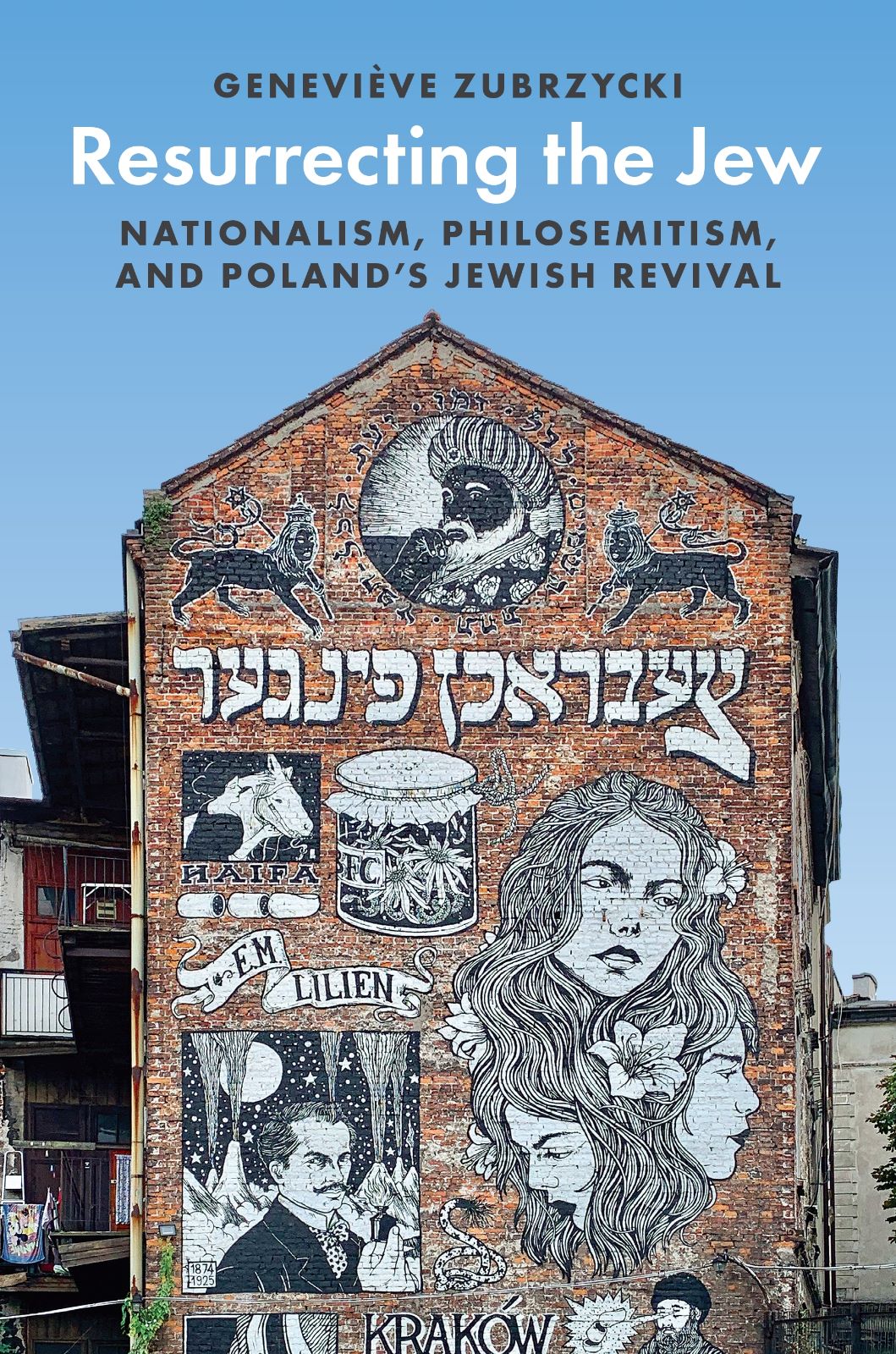
Other interlocutors inquired about my origins with more generic leads: “So what’s your story?” Typically, I would start by telling them what I do, where I live, and where I’m originally from, and they would, in turn, follow with questions about my family. I would then tell them about my mother’s side and move on to the narrative of how my paternal grandparents made their way separately to France during the war, that my father was born there in August 1940, and that after reuniting a couple of years later, the family came to Canada through Spain and Portugal. This family history was sometimes heard as a Jewish one by Jews (especially by non-Polish Jews with limited knowledge of Polish history). For other interlocutors, the mere fact that I was studying the Jewish revival led them to infer that I must have Jewish origins.
These personal experiences show, first, how unscripted moments like these are instrumental in the way identities are assumed, made, declared, and attributed in myriad social interactions; and, second, how complex and uncertain “being Jewish” can be for new participants in the Jewish revival. The hazy borders of Jewishness in Poland made the fieldwork easier in one sense: because many of the participants were not conversant in Jewish rituals, my own inexperience did not stand out. Someone would typically walk me through a ceremony and explain what I was supposed to do (and, more often, not do). Likewise, asking about people’s identity seemed easy in social contexts where the topic was on everyone’s minds, and where most participants had either already made a journey of self-discovery or were in the process of “figuring things out.” That process often took place in supportive, small-group settings: in meetings at community centers like Kraków’s Jewish Community Centre (JCC), Hillel, or cafés. If my questions did not cause discomfort in my interviewees, then, it was because such questions were routinely discussed in safe and supportive environments.
E.W. : If everything is played out around the national, which is not – as we know – a fact per se, is it possible, and if yes, how can we change the paradigm?
G.Z. : I do not want to be overly determinist and affirm that it is not possible to move away from the national. It is surely possible, but it is evidently very difficult since that paradigm continues to impose itself since the late 19th century in spite of many attempts at « transcending » it. One reason for this persistence of the national paradigm is that it is firmly anchored in cultural practices that overlap with political ones, but also with familial and local ones. That is where the power of the national sensorium resides. I have written about the Polish sensorium, but as someone who has lived and worked in the United States for almost three decades, I see also how practices as mundane as spending an afternoon at a baseball game, or cooking Thanksgiving dinner solidifies and reproduces americanness. The sensorium can be redefined, expanded, challenged. The framework, however, remains the same. That of the nation.
Interview by Ewa Tartakowsky
Geneviève Zubrzycki is Professor of Sociology and faculty associate at the Frankel Center for Judaic Studies at the University of Michigan. She has written extensively on national identity and religion, collective memory and national mythology, and the contested memory of the Holocaust in Eastern Europe. She’s the award-winning author of ‘The Crosses of Auschwitz: Nationalism and Religion in Post-Communist Poland’ (Chicago 2006), ‘Beheading the Saint: Nationalism, Religion, and Secularism in Quebec’ (Chicago 2016) and ‘Resurrecting the Jew: Nationalism, Philosemitism, and Poland’s Jewish Revival’ (Princeton 2022). In 2021, she was awarded a Guggenheim Fellowship and the Bronisław Malinowski Prize in the Social Sciences from the Polish Institute of Arts and Sciences of America.
Ewa Tartakowsky was born in Krakow. She is a sociologist, a researcher at the CNRS and a member of French Institut des sciences sociales du politique. Her work focuses on contemporary Jewishness and on the transmission and public use of the past and memory. She is the author published ‘Les Juifs et le Maghreb. Fonctions sociales’ d’une littérature d’exil (PUFR, 2016) and co-edited ‘Jewish Europe Today: Between Memory and Everyday Life’ (Austeria, 2020).
